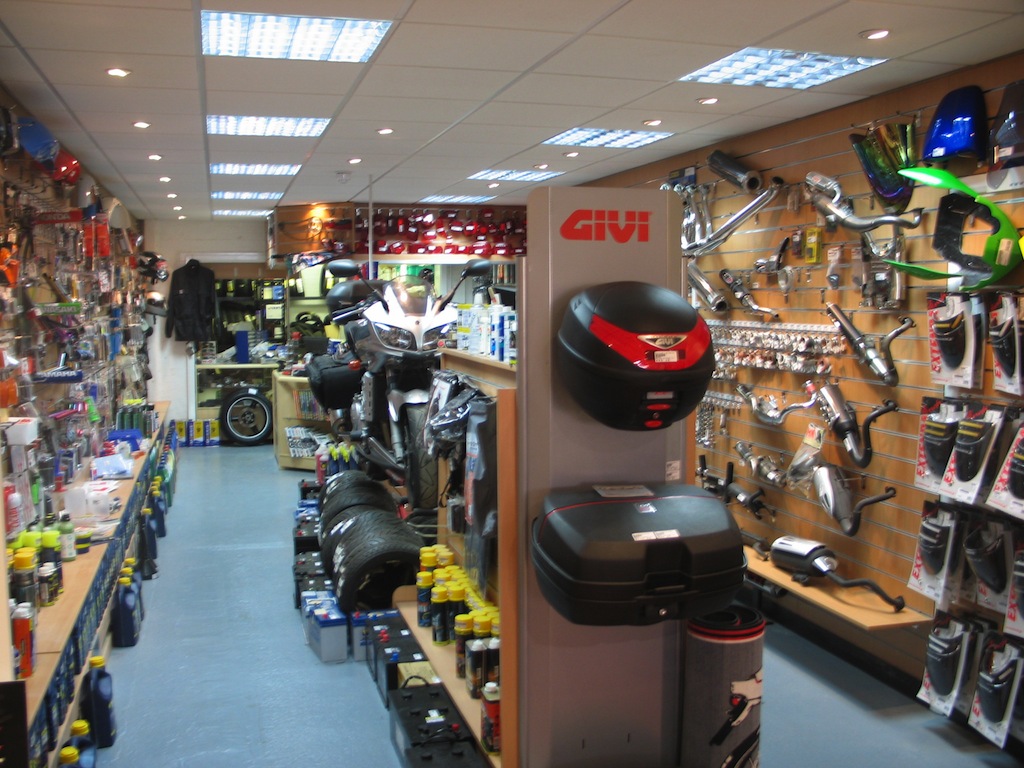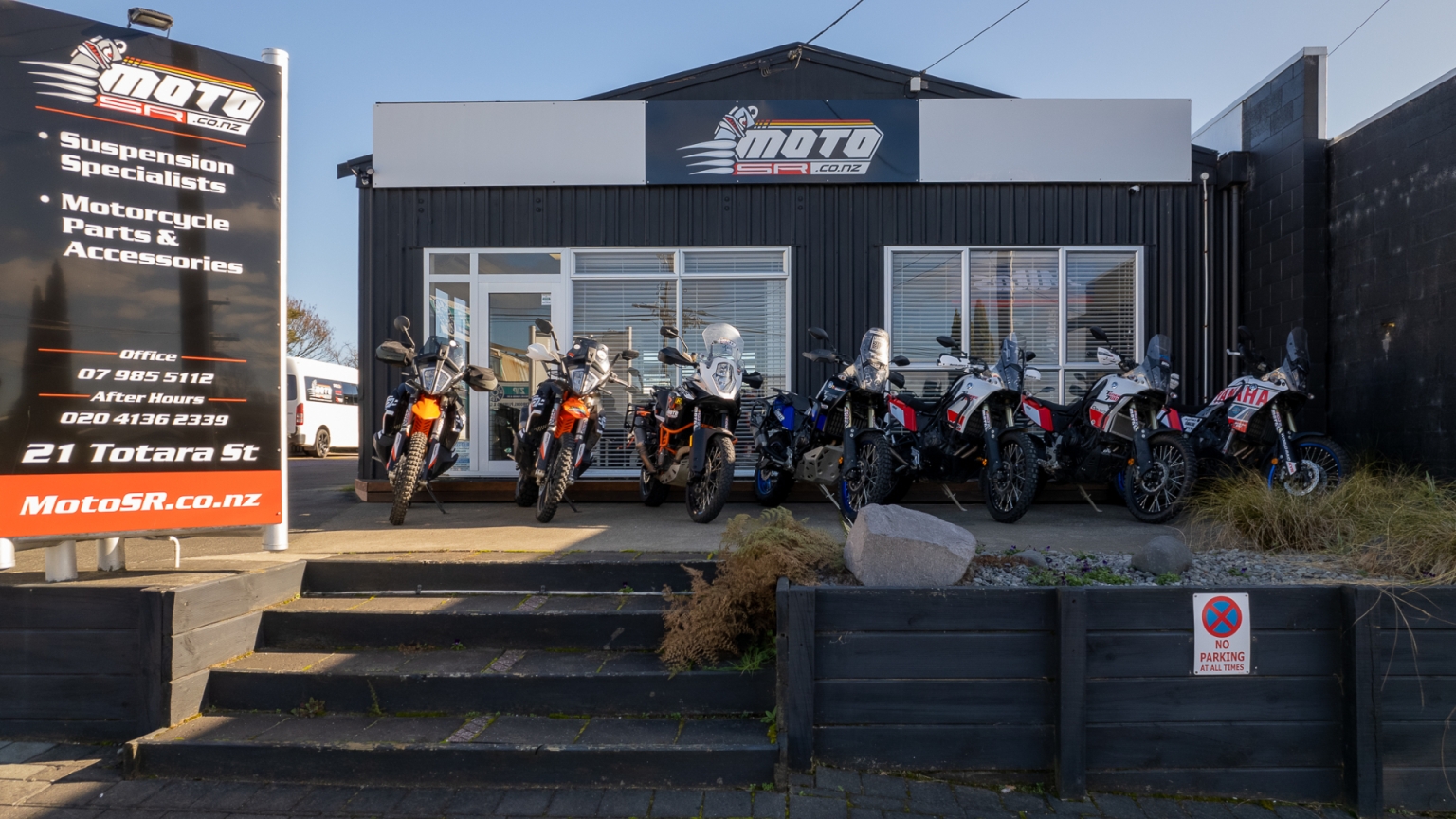Leading MX Gear NZ: Gear Up for Your Following Off-Road Experience
Leading MX Gear NZ: Gear Up for Your Following Off-Road Experience
Blog Article
Comprehending the Vital Parts of a Bike: A Comprehensive Guide for Fanatics
For motorbike lovers wanting to boost their riding experience and guarantee their bikes run efficiently, comprehending the vital parts of a motorbike is paramount. Each aspect, from the engine's detailed workings to the essential role of the stopping mechanisms, not just influences performance however additionally safety and convenience. This guide will walk with the basic components that every biker need to be acquainted with, allowing educated options in both maintenance and possible upgrades. As we start this exploration, one must ask: how does each component communicate to develop the seamless adventure every fanatic looks for?
Engine Components

The camshaft plays a vital role in managing the timing of the engine's valves, ensuring the precise opening and closing needed for efficient gas and air consumption, in addition to exhaust expulsion. This timing is critical to preserving ideal engine performance and performance. Additionally, the carburetor or gas shot system, relying on the motorbike design, is liable for blending air with fuel in the right proportion for combustion.
The air conditioning system, either air or liquid-based, works to maintain the engine's temperature level within functional limits, protecting against overheating and ensuring durability - mx gear nz. Each element, diligently made and incorporated, contributes to the seamless operation of the engine, defining the motorbike's power outcome and overall efficiency
Transmission System
Integral to the motorbike's capability, the transmission system makes sure efficient power transfer from the engine to the wheels. This system consists of numerous crucial components, including the clutch, gearbox, and final drive, each playing an important function in converting the engine's power into movement. The clutch, usually run by a hand bar, offers to disengage the engine and involve from the transmission, allowing for smooth gear changes and controlled acceleration.
The gearbox, frequently referred to as the transmission appropriate, includes a set of equipments that motorcyclists can by hand move with to change the bike's rate and torque output. These gears are set up in a series that makes it possible for the bike to increase efficiently and keep optimum engine efficiency across numerous speeds. Many motorbikes utilize a sequential gearbox, calling for the biker to shift gears in an established order.
Braking Systems
While recognizing the transmission system is crucial to utilizing a motorbike's power, equally important is the capacity to control and quit that power efficiently, which is where stopping mechanisms enter play. Brakes are essential for safety and efficiency, supplying the biker with the necessary control to browse different surfaces and conditions. Generally, bikes include 2 kinds of braking systems: disc brakes and drum brakes.
Disc brakes are more widespread in contemporary motorbikes because of their superior efficiency. They include a brake disc, caliper, and pads. When activated, the caliper presses the brake pads versus the rotating disc, converting kinetic power into warmth, thus slowing down the wheel. This system supplies much better warmth dissipation, constant performance, and boosted quiting power, particularly in damp problems.
Alternatively, drum brakes, though less usual, are still found in some motorbikes. They function by pushing brake footwear versus the internal surface of a drum connected to the wheel. While typically much less reliable in heat dissipation and stopping power, drum brakes are easier and extra economical.
Recognizing these braking systems' nuances enables cyclists to keep their motorcycles properly and appreciate the design that makes sure effective and risk-free stopping.
Suspension and Steering
Suspension and steering systems are crucial elements that considerably influence a motorcycle's handling and experience comfort. The suspension system, consisting of forks at the front and shock absorbers at the rear, absorbs anonymous road irregularities, enhancing security and control. Front forks, generally telescopic or inverted, compress and rebound to click here for more mitigate impacts, while back shock absorbers keep tire call with the roadway, vital for traction and security.
Steering, centered around the handlebars, links the biker to the motorcycle's directional control. The steering head bearings make sure smooth operation, enabling precise ability to move. Correct positioning and upkeep of these bearings are essential for predictable guiding feedback and reducing cyclist fatigue.
The suspension's adjustability is an additional essential facet; preload, damping, and rebound settings permit personalization to match various riding styles and problems. This adaptability is essential for maximizing efficiency, whether navigating metropolitan roads or tackling sturdy tracks. Innovations like digital shock absorber provide real-time adjustments, improving trip top quality across diverse surfaces.

Electrical Equipments
After making certain a regulated and smooth trip via efficient suspension and guiding systems, focus turns to the electric systems, a pivotal element of modern motorcycles. These systems play a vital function not only in starting the engine however also in powering different parts that boost the functionality and safety and security of the motorbike.
At the heart of a bike's electric system is the battery, which stores electric power essential for starting the engine and powering supporting systems - mx gear nz. The generator or generator, paired with the rectifier-regulator, guarantees the battery stays billed while the motorcycle functions, transforming power into electrical energy and preserving voltage degrees
The ignition system, another critical part, is responsible for sparking the air-fuel mixture in the engine's cylinders. Modern motorbikes commonly utilize an electronic ignition system, providing higher effectiveness and dependability contrasted to typical systems.
Lights systems, consisting of headlights, tail lights, and signs, are likewise essential, ensuring exposure and safety and security for the biker. Extra digital components such as sensors, control devices, and displays contribute to sophisticated functions like fuel injection management, anti-lock braking systems (ABDOMINAL), and digital control panels, further enhancing the riding experience.
Verdict
A detailed comprehension of a motorcycle's crucial elements, including the engine, transmission system, braking mechanisms, suspension, guiding, and electrical systems, is indispensable for lovers intending to maximize safety and security, comfort, and performance. Proficiency of these components permits notified decisions pertaining to upkeep and upgrades, inevitably boosting the riding experience. By integrating this expertise, motorcyclists why not look here can ensure their motorbikes run at peak efficiency and integrity, consequently taking full advantage of both satisfaction and durability of their lorries.
For motorcycle lovers looking to boost their riding experience and ensure their bikes run smoothly, comprehending the crucial components of a motorbike is extremely important.Integral to the motorcycle's performance, the transmission system makes certain efficient power transfer from the engine to the wheels.While comprehending the transmission system is vital to using a bike's power, equally essential is the capability to regulate and quit that power effectively, which is where stopping devices come into play. Normally, bikes feature two kinds of stopping systems: disc brakes and drum brakes.
A comprehensive understanding of a bike's vital parts, including the engine, transmission system, stopping mechanisms, suspension, guiding, and electrical systems, is essential for enthusiasts aiming to maximize convenience, safety and security, and efficiency.
Report this page